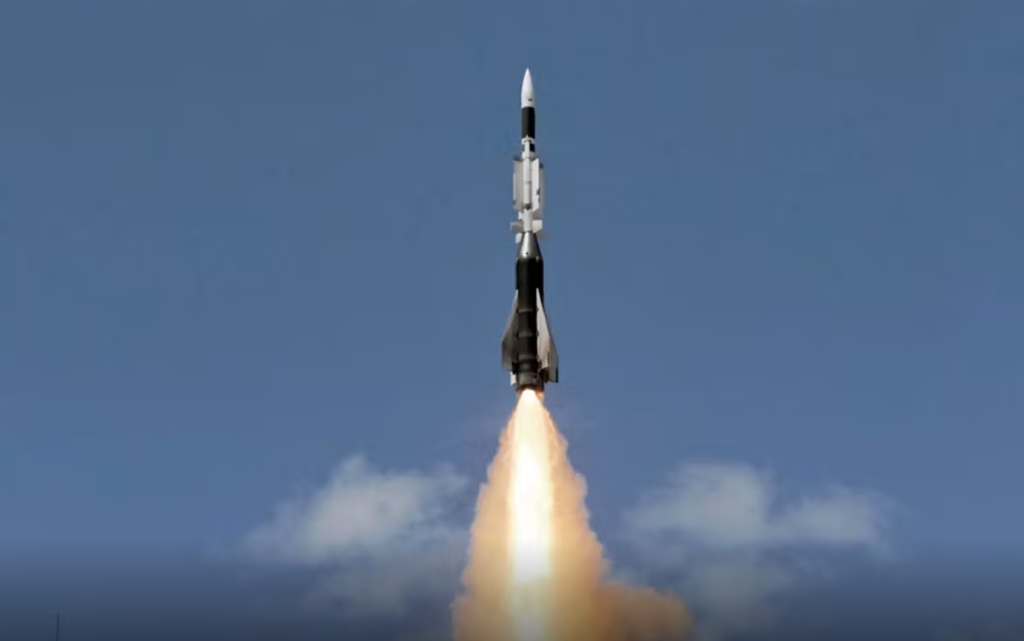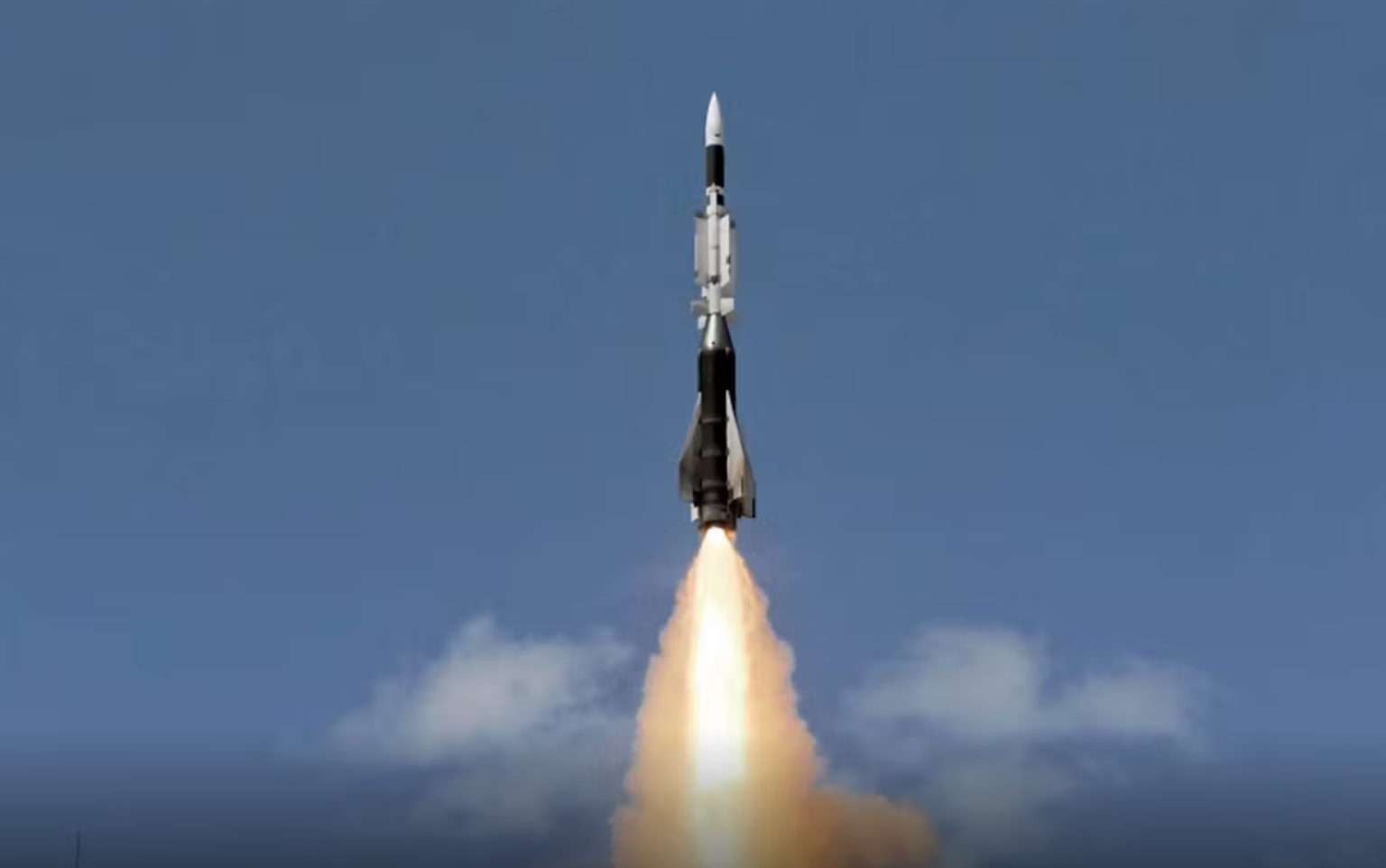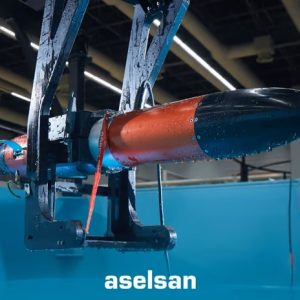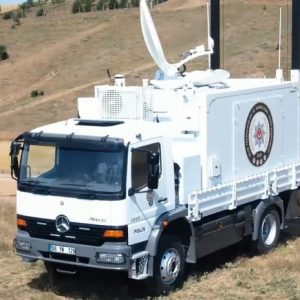New ASTER B1NT missile demonstrates extended-range interception capability for SAMP/T NG system, strengthening European integrated air defence against advanced aerial and missile threats.

Enhanced Interception for Next-Generation Defence
On 30 July 2025, France’s DGA missile test range in Biscarrosse hosted the second ASTER B1NT missile trial. Representatives from France, Italy, and the UK observed as the missile successfully demonstrated its long-range interception capability. This trial marks a key step in qualifying the next-generation SAMP/T NG (Sol-Air Moyenne Portée/Terrestre Nouvelle Génération) air defence system under the trilateral FSAF-PAAMS programme, coordinated by OCCAR and developed by Eurosam, a joint venture between MBDA and Thales.
Longer Reach and Advanced Guidance Systems
The B1NT variant now intercepts targets over 150 km away and at higher altitudes than earlier ASTER versions. Engineers designed it to defeat highly manoeuvrable, low-observable, and high-speed aerial or ballistic threats. Its Ka-band seeker, improved guidance algorithms, and upgraded electronics enhance hit-to-kill precision and resistance against complex aerial attacks, including possible hypersonic projectiles. This trial builds on a similar successful test in October 2024, showing steady progress in range and accuracy enhancements.
Boosting European Missile Defence Readiness
The Franco-Italian SAMP/T NG system integrates a multifunction radar with over 350 km detection range, a command-and-control module, and up to six launchers with eight missiles each. Its road-mobile design achieves operational readiness in under 30 minutes, engaging multiple airborne threats in 360 degrees. Once fully qualified, the ASTER B1NT will equip the French Air and Space Force, Italian Army, and Italian Air Force. It will also be integrated into naval systems like the upgraded Horizon-class frigates, expanding Europe’s layered defence capabilities.
Strengthening NATO-Aligned Defences
The successful test reinforces European missile defence and strengthens interoperability among NATO allies. It demonstrates a collective effort to counter advanced missile and aerial threats while maintaining sovereign air defence capabilities. Eurosam continues to lead this initiative, building on three decades of European collaboration. The UK contributes through its naval PAAMS (Principal Anti-Air Missile System) framework, improving joint land-sea missile defence integration.
For further information, visit the official report by UK Defence Journal and the MBDA ASTER programme page.











